Posing models….
One of the questions that get asked a lot is about posing models, this seems to be the most difficult part in a photoshoot. And I know it can be very difficult especially when you are starting out with photography. It’s not everyday you get a beautiful model in front of your camera and you have to think about your camera, light, posing and of course how the image will look in the end… and that’s the first thing you have to realize…..
The less you have to think about other things than working with your model, the easier it will be to get good poses from your model.
So first make sure you know how you are gonna set your lights, know which theme you want to work on with your model, in fact this can all be done before the shoot, but most of all make sure that you know your gear, nothing is more “mood killing” for a shoot than a photographer that doesn’t know what he/she is doing, who is struggling to get the light the way he/she wants it, who doesn’t know how to set the camera etc. etc. these are real mood killers…. so let’s say we mastered all this will it than happen automatically…. well yes and no. Here are some pointers and a step by step plan to get “better” results in your photoshoots.
Prepare
A photoshoot is something that takes preparation.
Make sure you know what you’re gonna do the day of the shoot, shoots that start with “we will see what happens” are often ending in disasters. And yes I know that you probably always work that way and you always get great results, but trust me it can be much better if you prepare….
“Frank do you always prepare for a shoot”
Uhm, well, you know…..
Well ok I write this blog so let’s be honest, NO.
I don’t always prepare for a shoot, however actually I do.
I know my gear, I know my light and I often already have some ideas in my mind that I want to work on, so when I say to a model “Let’s go to a location and we will see what happens” this is something else than just going there and not knowing anything. In most situations I will recognize the options and know how to light it to get the result I want, but do please remember that I’ve been doing this for some time, and that this has to grow and that doesn’t happen in 1-2 years…. So although I sometimes will go to a shoot with an attitude of “we will see what happens” I still go prepared, and we always have some sort of idea, for example “we’re gonna do something with a motorcycle”, or “We are gonna try to do a sessions with balloons in the field” etc. so often there are sketches of ideas but not 100% worked out.
However 95% of my sessions are prepared before the actual shoot, and these sessions are often the ones that really rock. So how can you do this.
Moodboards
The best way to prepare a shoot is with a moodboard.
You can do it the old fashioned way, by glueing images or colors or materials to a piece of cardboard, but you can off course also do it digitally, if you own an iPhone or iPad or similar device there are even apps that help you with designing and storing the moodboard. Do remember that a moodboard is not about copying the images on the board. It should be used to “feel” the session, I’ve seen several moodboards over the years that for example also contained materials, just to get a feel for the material or structure. However 99% of the boards will just contain images, colors, texts etc. see the moodboard as your personal/team collection of ideas from which your shoot will “grow”.
The moodboard should be a team effort, in other words, I strongly believe that the whole team should know about it, seen it and participate in it (if necessary). Always remember that photography is a team sport and that if you work as an “ego” it will almost always go wrong.
Good contact with your team before the shoot
During the buildup of the moodboard you will get to know your team, you will be in contact with them and share ideas, visions etc. this is often the break down of the first barriers and will help when you finally meet up. And it’s a given fact that if you know each other, working together will be easier. So make sure you use social media like Google+, twitter, Facebook etc. to the full extent and share, share, share with your team.
The day of the shoot
For me it’s important that the “mood” of that day is good.
If we have a team that loves soul music the music in the studio that day will be soul. If we have team that loves metal it will be metal… however if we have a team that loves industrial hardcore pink noise hip hop with a touch of metal….. it will be the radio on a normal station that will play pop music or something we could settle in, because to be 100% honest I can live with a lot of music but I really don’t like industrial hardcore pink noise hip hop with a touch of metal, but if I can stand it, it will be played that day, and when you’re smart you can always make a nice iTunes playlist and sometimes throw some stuff in that you like and is “compatible” with the team. Do remember however that the choice of music WILL influence the day. So if you’re doing a slapstick photoshoot it could be cool to play some slapstick like music, you can for example use programs like Sonicfire to make royalty free music in many different genres and if you plan a shoot that has a certain theme it could be a good idea to make some tunes that really fit that bill exactly to play during the actual shoot. During the makeup etc. you can of course play the general music, otherwise you will probably drive your team mad.
Furthermore, we always make sure that the people feel at home. We use an airco system in the studio and this is in 95% of the cases adjusted to the wishes of the model, because she has to perform. Do watch out however with the colder settings…. the model can get goosebumps and this is a real problem to Photoshop.
During the shoot it’s important to drink and eat.
For models it’s a good idea to have some drinking straws handy, often they can’t drink because they have lipstick on, and trust me some MUA’s can be very sad when you destroy their perfect lipgloss with a nice coke. Also make sure you have some form of catering. In our studio this usually means we will provide the team with simple sandwiches, however before we prepare them we always ask if there are objections to meat or cheese and if the people object to the use of butter. I’ve learned this the hard way from a model that never wanted to eat something in our studio and only admitted after 6-7 shoots that she didn’t like butter, as you can imagine we now made sandwiches for her without it. To make sure that doesn’t happen to you……. ask.
Making the model feel at ease and coaching
A model that is not at ease will reflect this during the shoot, she/he will look “different” than when he/she is at ease. You as a photographer (and your team) has the job to make sure that the model feels at ease. The first thing you can do is to make sure that the environment she/he has to work in is clean, nice and “cozy” but not too “cozy” a studio with the name “the love shack” and a 1980 disco ball hanging from the ceiling and mattresses spread out through out the room doesn’t really count as cozy if you know what I mean.
For me it’s a simple fact of making sure that we play the music the model likes, give some attention to her/his portfolio, first have a drink before we start the makeup and shoot, and most of all make sure your team has the right people in it. For our studio this means that my interns are always female, I’ve had some problems with this in the past because some guys did not like the idea that they did not stand a chance to work for me during their internship. My explanation however is very simple… our studio works mostly with female models, and we also do a lot of shoots with models just starting out, imagine coming to a studio and being nervous, the door is opened by an 18 year old guy you don’t know, you’re let into the studio and meet the photographer (you never saw before) and you have planned a glamour/boudoir session. The fact the photographer is a male you can life with, however you never expected an 18 year old male assistant. This will reflect in most/some cases in the images you take during that day. When we change the male for a female assistant the story is “often” different and the model will feel more at ease. For me it doesn’t matter I have fun with both male and female assistants and maybe even would prefer a male assistant to carry around my heavy gear, but as mentioned before the first and utmost important thing in our studio is the way the model feels and I strongly believe they feel more relaxed if they can chat girl stuff with a girl (although some guys I know really can chat like a girl).
When the photoshoot starts I always try to coach very direct, but friendly.
I will however also shoot a lot of images, also if the pose is not working, this way it makes the model feel like she/he is getting it right and is doing ok. During the “no good” images I will get my model into the pose I like and that will be my first image of attention, from there on I will coach small changes only. When the first series is done my MUA will always have to do something to the makeup (even if there is nothing to be done), during that little time I will quickly delete all the wrong images and when I’m done I will ask my MUA if she is almost done, and believe it or not she always has just finished……
I will show my model the images and start this way with a great series images, after seeing these he/she will be happy and posing will continue a lot better. We tried several times to start out by showing the wrong images first and believe it or not but after seeing the wrong images it’s often way more difficult to convince the model she/he looks great with the good images, so I’ve decided to just destroy the bad ones and never show them.
During the coaching I will use my hands to give directions to the model, I will try to “manipulate” the poses with hand gestures and avoid terms like “right” or “left” for the simple reason that my left is not the models left in most cases. One rule I do live by is “Never touch your models” I know a lot of photographers do this and claim the models never mind, I’ve talked to a lot of models that agree, but I’ve also talked to even more that say, that although they say they don’t mind they don’t like it… and as soon as a model doesn’t like something during a session for me the mood is not 100% optimal anymore. If you really have to change something in the clothing, hair or whatever make sure you have a female assistant, MUA or in a last resort use something like a satestick… this way you can avoid direct contact but still remove small stray hairs. But watch out around eyes.
Poses
Now we are getting to the part you probably have been waiting for, and which is often regarded as the most difficult part and I have to admit I always struggle with this also, I actually don’t know anyone that will claim that poses are easy. For me it’s important that I don’t repeat the same poses over and over again, but also that I find a pose that suits my model and the situation. A female model for example will have different poses than a male model (although some males can really pose like a female and visa versa, but that’s a totally different story and not for this blog).
For me it’s al about curves and expression. I somehow don’t like models looking straight into the camera (although sometimes it can be great), so you will see a lot of images from me with models looking away from the camera, for me this is double edged sword because I often use high contrast lighting and side lights so if a model would look straight into the camera there would be no or hardly any light hitting her eyes creating catchlights.
What I look for in a pose are curves, and I love to create them with the body of a model, so let’s look at some images from a glamour workshop we did with our model Floor, when you look the next image you will see that although Floor is lying on the floor there is a real curve going on from her head to the feet. Especially with these kind of setups the position of the feet is of the utmost importance for me, they can really ruin a shot, or make it great.
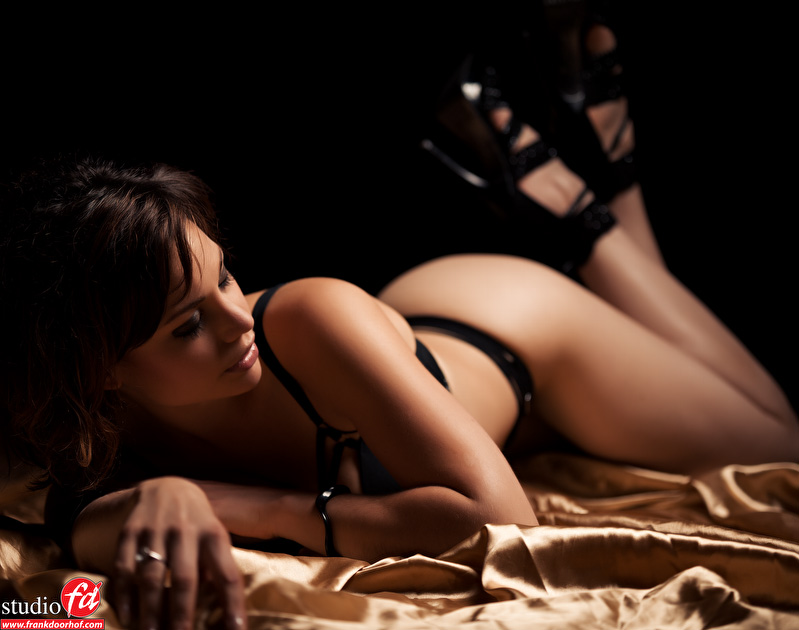
But I also want the curves to continue when we choose a different position, and believe it or not but the next image was not a posed image. I showed several poses to the students, and how to get there with an inexperienced model by changing small steps along the way when Floor relaxed at the end and just took this pose, I stopped my explanation and let her tilt her head just a little bit and stretch one leg just a bit more out and took this shot, for me the perfect curves for this pose.
But it’s not only in full bodies that you have to watch your curves, also do it during portraits.
The following shot was taken from a high viewpoint down, and by tilting Floors head I created a curve in the image that I really liked.
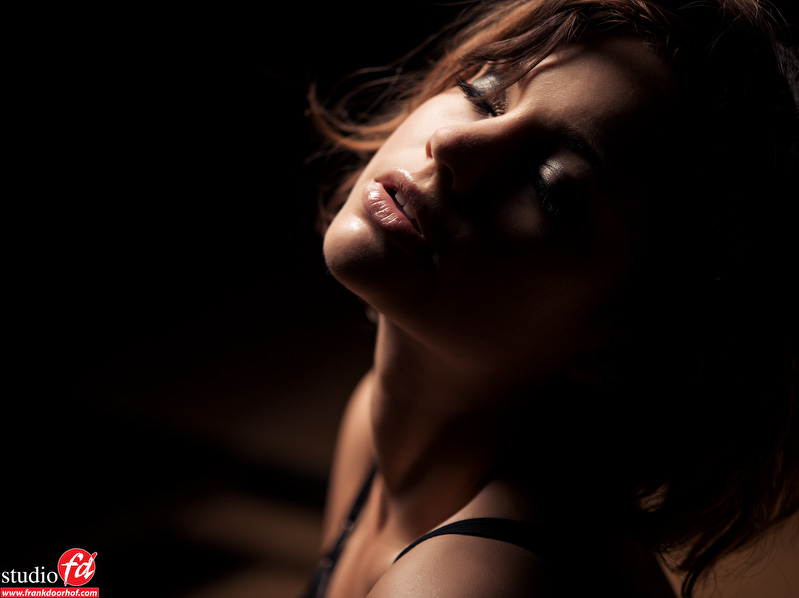 Now when we add an extra element into the scene like a staircase the story does change but it also doesn’t. Now you will have to make sure that there is some sort of “connection” with your model and the “element”, I don’t like images for example where the model is just standing in a scene but has no reason to there, has no connection to the scene or is wearing clothes (or not) that has in no way any relevance to the scene. So when you put your model somewhere it has to make sense for me, and ok one could argue why we put models on staircases but hey, we love it 🙂
Now when we add an extra element into the scene like a staircase the story does change but it also doesn’t. Now you will have to make sure that there is some sort of “connection” with your model and the “element”, I don’t like images for example where the model is just standing in a scene but has no reason to there, has no connection to the scene or is wearing clothes (or not) that has in no way any relevance to the scene. So when you put your model somewhere it has to make sense for me, and ok one could argue why we put models on staircases but hey, we love it 🙂
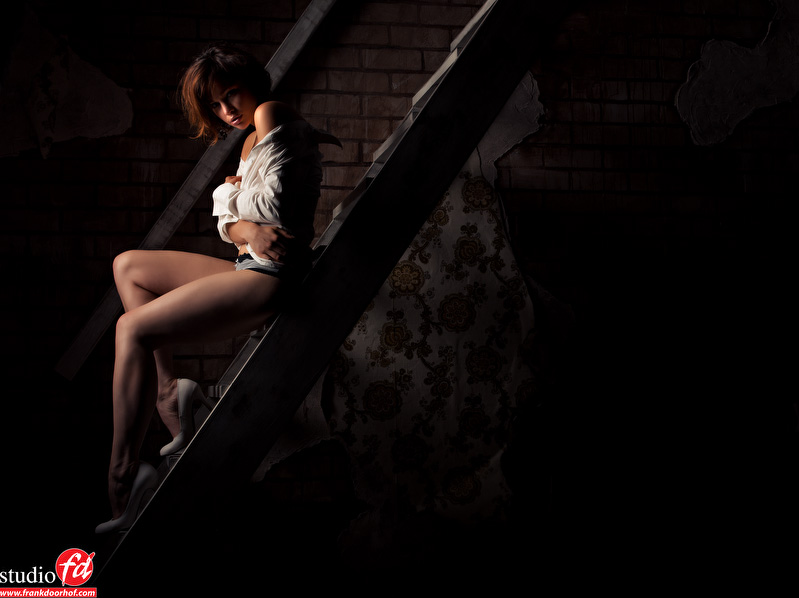 When you look at this pose you can see we used the staircase to seat the model, but when you look at the angles and curves you also see that we used it to make her look longer (watch the legs and shoes), but pointing her toes down the model does not only make a nicer pose but also makes her legs look much longer. By placing both in a different location you also make a nice angle between the legs. The shoulder is used to give her something more “sexy” and the expression and angle of the head enhances this for me making the pose complete.
When you look at this pose you can see we used the staircase to seat the model, but when you look at the angles and curves you also see that we used it to make her look longer (watch the legs and shoes), but pointing her toes down the model does not only make a nicer pose but also makes her legs look much longer. By placing both in a different location you also make a nice angle between the legs. The shoulder is used to give her something more “sexy” and the expression and angle of the head enhances this for me making the pose complete.
Do remember however that all poses are 100% personal.
The next one for example has a lot of triangles and curves and that’s something I really like, while others might find it way to “complicated” and would have chosen something different. For me however the combination of the crossed arms and different height in the legs really works to make the pose/image stronger.
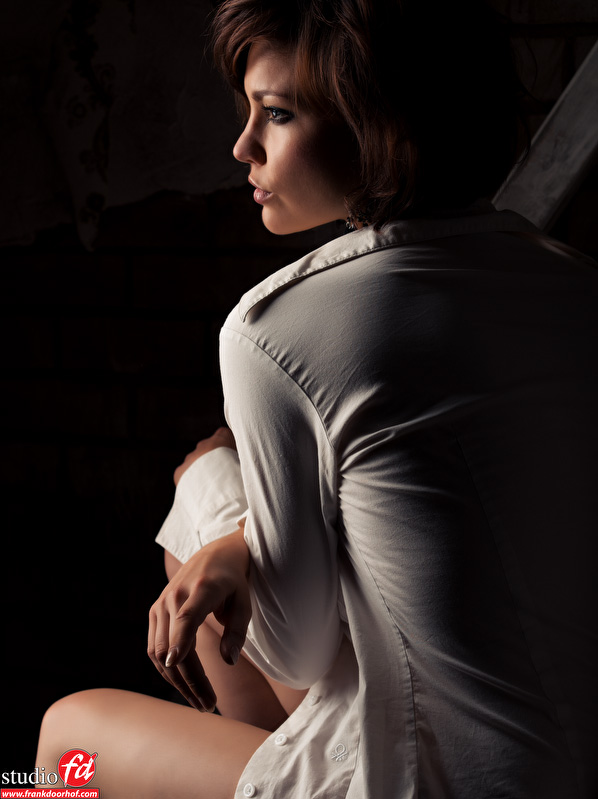
Is there a good or wrong?
No and yes.
I really don’t think that anyone (certainly not me) can tell someone else that what they are doing is wrong or right. However I do feel that some things can be better, this is also were I base my critiques on when I do them in portfolio reviews. Somethings will just always work like :
* Stretch out the toes to make the legs look longer
* Small changes in the tilt of the head can impact the image a lot
* Hands are difficult, make sure you include them but also that they don’t draw too much attention
* Watch out for problems in the skin, especially with lingerie and nudes this a real “problem” small changes in the pose can solve this very easily however, just tilt the body or head the other way and the problems will disappear (don’t fix it in Photoshop but with the pose)
Where to learn?
ANY fashion magazine will do, but also portfolios from other photographers. Find the images you love and draw the lines you like, very soon you will find out that although the poses LOOK different the lines or curves will be very similar, with this in your “mind” you can create your own poses and be creative and make rocking images. I would not advise to buy a pose book by the way, most of those books look promising but you will very quickly find out that it’s boring to just copy, it’s more fun to understand the matter and take it into your own hand and start being creative.
Just buy a few Vogues 🙂
Feel free to join the discussion and share this post.


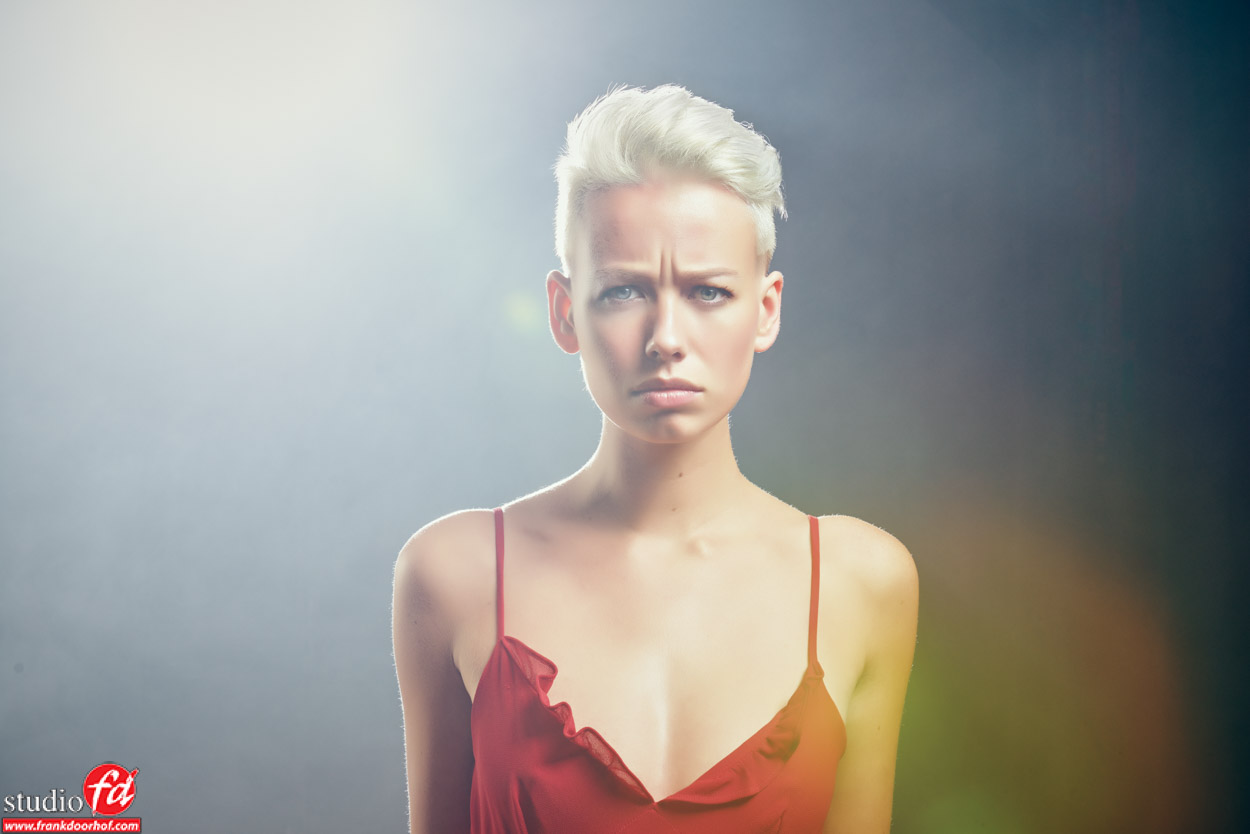
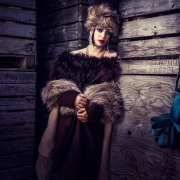
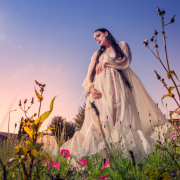
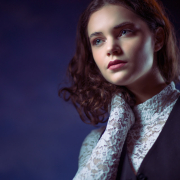
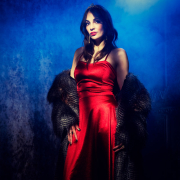

I pose and shoot tens of young people everyday, as a daily learner, these are good tips… thanks Frank-man 😉
You’re welcome.
Along with posing can you maybe do article on cropping for example you mentioned hands in images what about limbs and when you can get the whole body in the picture. I know this is basic stuff but i wanted to hear your take on it.
It really depends per model and per shot, I never was someone for not cropping here, or not there to be honest. It has to look good.
Excellent outline. great pointers. thanks
Great pictures
Love the curves…. the lighting is just exceptional.
exellent…
Really good article. I sometimes have trouble with posing ideas. Do you ever have trouble with models not following posing instructions?
Yes, and I will friendly try to “guide” them into the position I want. If that not works I will “reset” everything and try again.
As a last resort I will let the model move herself and see what happens.
Thanks for the tips Frank. I always find posing people, especially non model quite challenging, often more so than the photography. I look froward to testing these ideas out.
Als ik dit lees klinkt het allemaal zo simpel en van zelf sprekend en dat moet het natuurlijk ook zijn, maar waarom is het dan niet altijd zo 🙁 ervaring?
Practice, practice, practice and train yourself.
Hi Frank, thanx for sharing. One question left. Witch app are you using for your moodboards?
You can use anything ranging from Evernote to your film roll.
I often struggle with posing so this has been really helpful, though I’m not really sure what you mean by moodboards? are these a series of pictures of models in similar poses to give an idea of what you are trying to achieve?
Moodboards can be anything from a simple piece of paper with some sample shots, to a book with structures, samples, poems, texts whatever.
It’s the board that sets/translates the mood for the shoot.